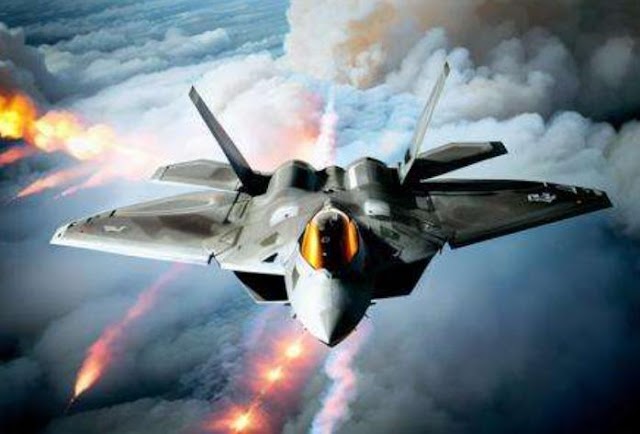Chengdu J-7: A Chinese Fighter Legacy:
The Chengdu J-7, with its roots traced back to the Soviet MiG-21, stands as a testament to China's prowess in the realm of fighter aircraft. This article delves into the evolution, features, and international impact of this iconic aircraft.
 |
| F-7 Jet |
Genesis of the J-7:
Soviet-China Technology Transfer:
On March 30, 1962, a significant milestone was marked as the Soviet Union and China entered into a technology transference arrangement for the MiG-21. This agreement laid the foundation for the subsequent development of the J-7.
Reverse Engineering Challenges:
While kits and components were delivered, challenges arose with incomplete design documentation. Undeterred, Chinese designers at the Shenyang Aircraft Factory embarked on the ambitious journey of reverse engineering the MiG-21.
Development and Production:
Domestic Production Challenges:
Commencing domestic production in 1964, progress faced obstacles, including the Cultural Revolution. Mass production only became a reality in the 1980s, leading to the creation of numerous J-7 models featuring advancements in armament, avionics, and wing design.
International Adoption:
Primarily operated by the People's Liberation Army Air Force (PLAAF), the J-7 found its way into the arsenals of international operators. Notably, the Pakistan Air Force emerged as the largest foreign operator, with other nations like Zimbabwe, Tanzania, and Sri Lanka deploying the J-7 in offensive roles.
Sunset of the J-7:
Cessation of Production:
In 2013, the J-7's production concluded with the delivery of 16 F-7BGI to the Bangladesh Air Force. This marked a shift in the export market, with newer aircraft like the JF-17 Thunder taking the mantle from the J-7.
Legacy and Retrospect:
As of 2023, the PLAAF is set to retire the J-7 fleet, concluding a remarkable chapter in Chinese aviation. Despite newer successors, the J-7's legacy endures, leaving an indelible mark on the global aviation landscape.
Conclusion:
The Chengdu J-7, born from collaboration and resilience, has etched its name in aviation history. From its genesis in the MiG-21 to international deployment, this fighter aircraft symbolizes China's ascent in the competitive world of aviation. As the J-7 prepares to bow out, its legacy lives on through the lessons learned and the technological strides that have propelled China onto the forefront of modern fighter aircraft development.











.jpeg)
0 Comments
If you have any doubts. Please let me know. I would be happy for your kind suggestion.